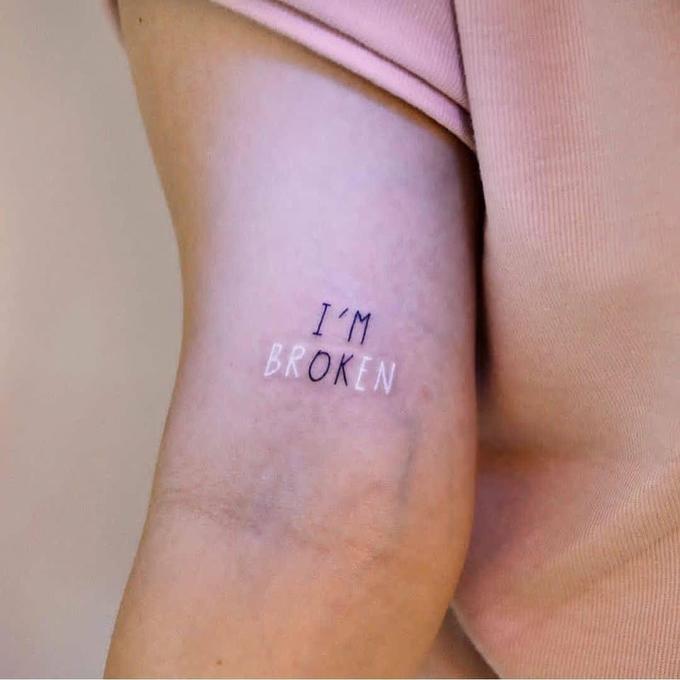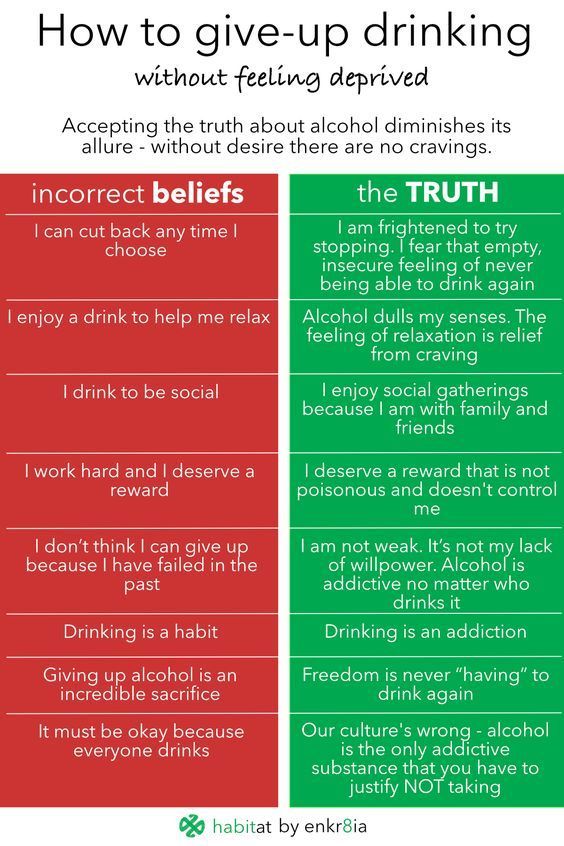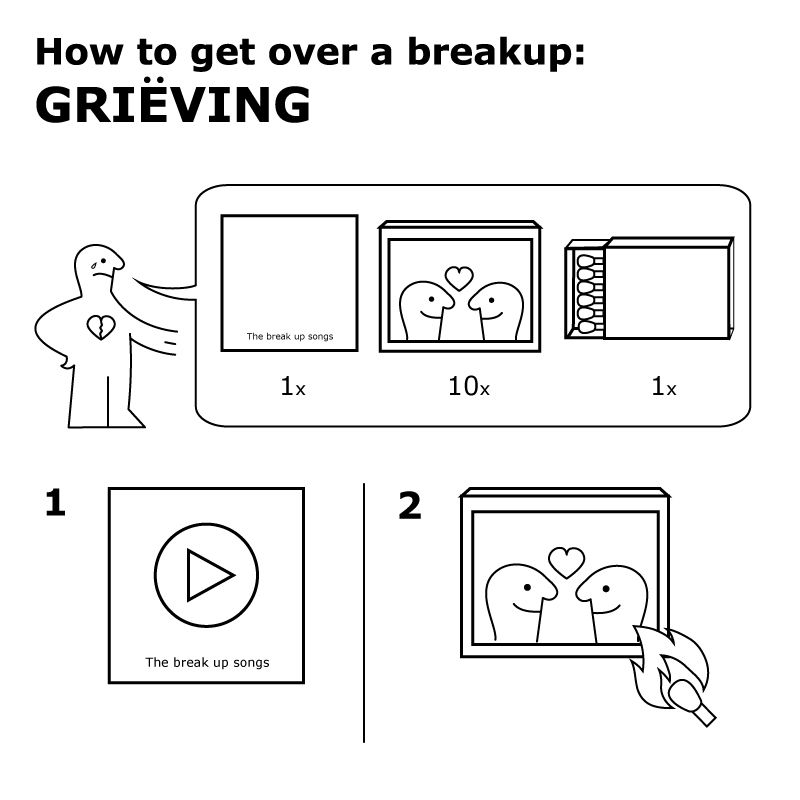Physical abuse definition and examples
Types and Signs of Abuse
It has been estimated that roughly two-thirds of those harming a vulnerable adult are family members, most often the victim’s adult child or spouse. Research has shown that in most instances the abuser is financially dependent on the vulnerable adult’s resources and have problems related to alcohol and drugs.
Stay alert to the different types of abuse
The word abuse covers many different ways someone may harm a vulnerable adult.
Physical abuse is intentional bodily injury. Some examples include slapping, pinching, choking, kicking, shoving, or inappropriately using drugs or physical restraints. Signs of physical abuse.
Sexual abuse is nonconsensual sexual contact (any unwanted sexual contact). Examples include unwanted touching, rape, sodomy, coerced nudity, sexual explicit photographing. Signs of sexual abuse.
Mental mistreatment or emotional abuse is deliberately causing mental or emotional pain. Examples include intimidation, coercion, ridiculing, harassment, treating an adult like a child, isolating an adult from family, friends, or regular activity, use of silence to control behavior, and yelling or swearing which results in mental distress. Signs of emotional abuse.
Exploitation occurs when a vulnerable adult or his/her resources or income are illegally or improperly used for another person's profit or gain. Examples include illegally withdrawing money out of another person’s account, forging checks, or stealing things out of the vulnerably adult’s house. Signs of exploitation.
Neglect occurs when a person, either through his/her action or inaction, deprives a vulnerable adult of the care necessary to maintain the vulnerable adult’s physical or mental health. Examples include not providing basic items such as food, water, clothing, a safe place to live, medicine, or health care. Signs of neglect.
Signs of neglect.
Self-neglect occurs when a vulnerable adult fails to provide adequately for themselves and jeopardizes his/her well-being. Examples include a vulnerable adult living in hazardous, unsafe, or unsanitary living conditions or not having enough food or water. Signs of self-neglect.
Abandonment occurs when a vulnerable adult is left without the ability to obtain necessary food, clothing, shelter or health care. Examples include deserting a vulnerable adult in a public place or leaving a vulnerable adult at home without the means of getting basic life necessities.Signs of abandonment.
Signs of physical abuse
- bruises, black eyes, welts, lacerations, and rope marks
- broken bones
- open wounds, cuts, punctures, untreated injuries in various stages of healing
- broken eyeglasses/frames, or any physical signs of being punished or restrained
- laboratory findings of either an overdose or under dose medications
- individual's report being hit, slapped, kicked, or mistreated
- vulnerable adult's sudden change in behavior
- the caregiver's refusal to allow visitors to see a vulnerable adult alone
Signs of sexual abuse
- bruises around the breasts or genital area
- unexplained venereal disease or genital infections
- unexplained vaginal or anal bleeding
- torn, stained, or bloody underclothing
- an individual's report of being sexually assaulted or raped
Signs of mental mistreatment/emotional abuse
- being emotionally upset or agitated
- being extremely withdrawn and non communicative or non responsive
- unusual behavior usually attributed to dementia (e.
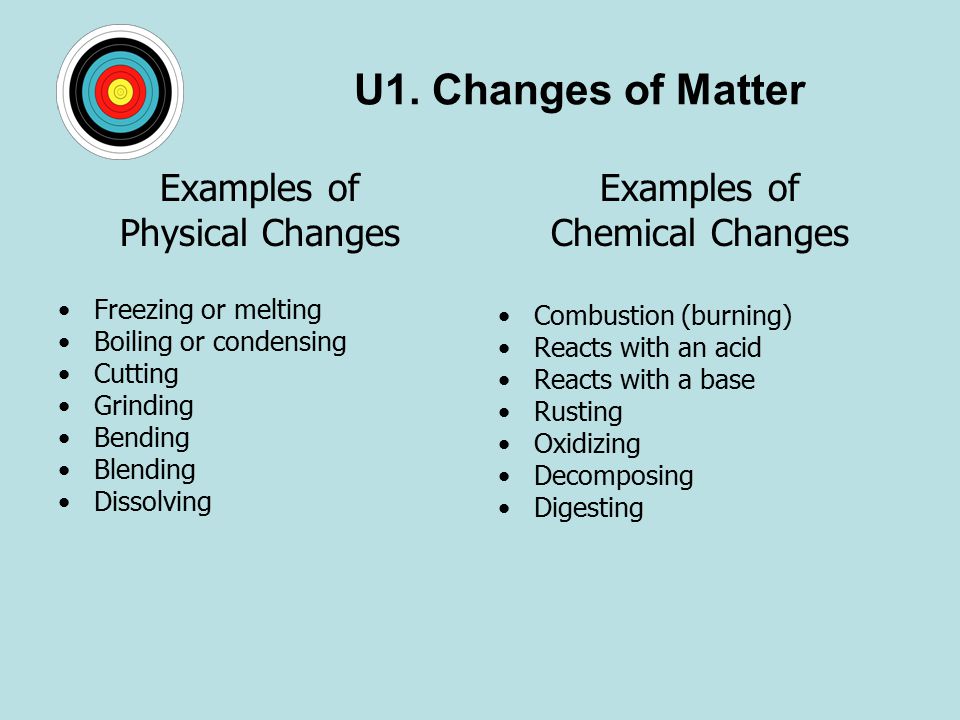 g., sucking, biting, rocking)
g., sucking, biting, rocking) - nervousness around certain people
- an individual's report of being verbally or mentally mistreated
Signs of neglect
- dehydration, malnutrition, untreated bed sores and poor personal hygiene
- unattended or untreated health problems
- hazardous or unsafe living condition (e.g., improper wiring, no heat or running water)
- unsanitary and unclean living conditions (e.g., dirt, fleas, lice on person, soiled bedding, fecal/urine smell, inadequate clothing)
- an individual's report of being mistreated
Signs of self-neglect
- dehydration, malnutrition, untreated or improperly attended medical conditions, and poor personal hygiene
- hazardous or unsafe living conditions
- unsanitary or unclean living quarters (e.g., animal/insect infestation, no functioning toilet, fecal or urine smell)
- inappropriate and/or inadequate clothing, lack of the necessary medical aids
- grossly inadequate housing or homelessness
- inadequate medical care, not taking prescribed medications properly
Signs of exploitation
- sudden changes in bank account or banking practice, including an unexplained withdrawal of large sums of money
- adding additional names on bank signature cards
- unauthorized withdrawal of funds using an ATM card
- abrupt changes in a will or other financial documents
- unexplained disappearance of funds or valuable possessions
- bills unpaid despite the money being available to pay them
- forging a signature on financial transactions or for the titles of possessions
- sudden appearance of previously uninvolved relatives claiming rights to a vulnerable adult’s possessions
- unexplained sudden transfer of assets to a family member or someone outside the family
- providing services that are not necessary
- individual's report of exploitation
Signs of abandonment
- deserting a vulnerable adult in a public place
- deserting a vulnerable adult in his/her own home or living space
- individual's report of being abandoned
What Is Physical Abuse? | HealthyPlace
Natasha Tracy
The definition of physical abuse, according to the New York State Office of Children and Family Services, is: "Non-accidental use of force that results in bodily injury, pain, or impairment.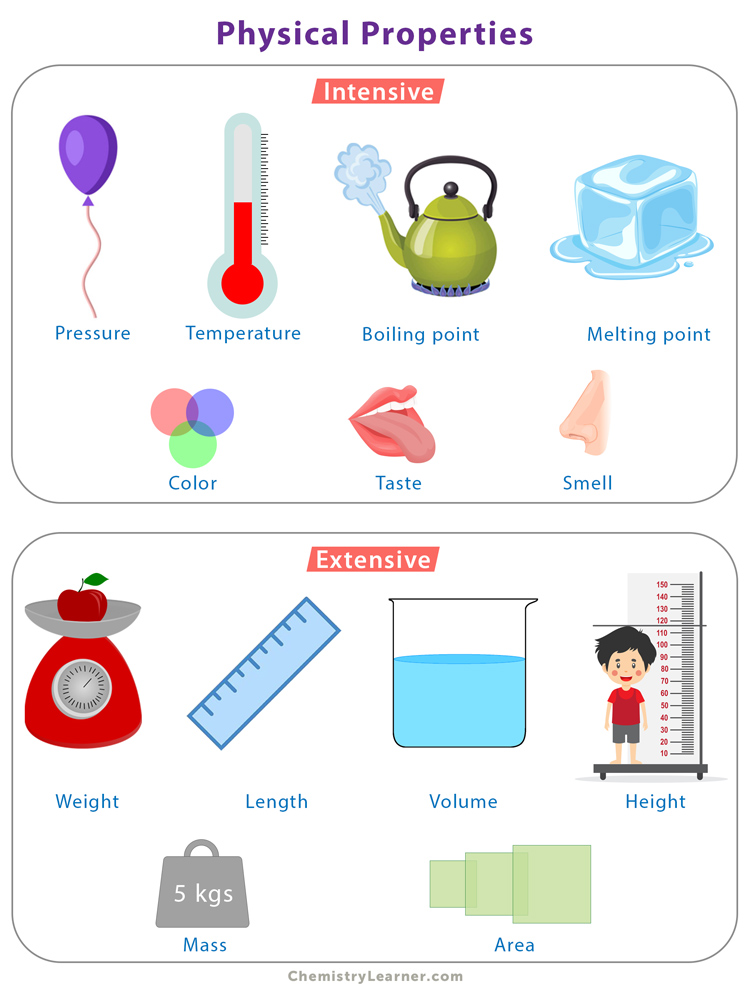 This includes, but is not limited to, being slapped, burned, cut, bruised or improperly physically restrained."1 Physical abuse is not limited to children and can happen to adults of any age. Neglect is also considered an aspect of physical abuse and this type of abuse often happens when one adult cares for another; such as in the case of an adult child caring for a parent.
This includes, but is not limited to, being slapped, burned, cut, bruised or improperly physically restrained."1 Physical abuse is not limited to children and can happen to adults of any age. Neglect is also considered an aspect of physical abuse and this type of abuse often happens when one adult cares for another; such as in the case of an adult child caring for a parent.
Physical abuse often occurs alongside other forms of abuse such as financial, sexual abuse and emotional abuse. Physical abusers use their abusive behaviors to try to control their victims.
More info on: Physical and Emotional Abuse Usually Travel Together.
Who Suffers from Physical Abuse?
While anyone can suffer from physical abuse, physical abuse victims are most often women and often:
- Frail elderly
- Developmentally disabled
- Mentally ill
- Physically disabled
- Substance abusers
- Intimate partners
While it is never the fault of the victim, victims of physical abuse often feel shame and guilt over the abuse and hide the abuse from others.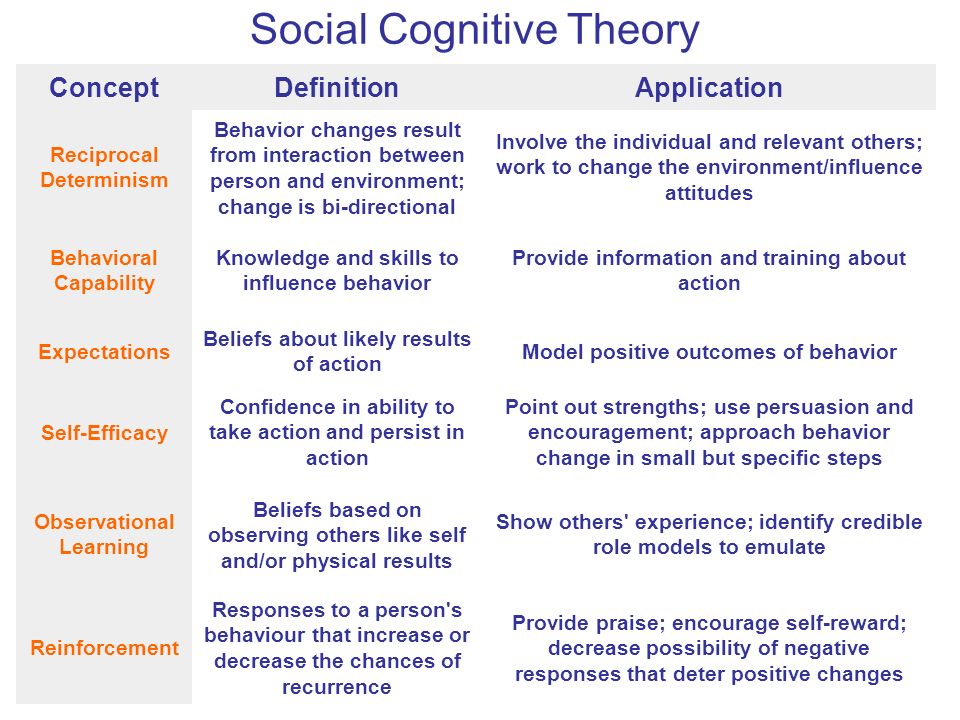 Victims are also typically afraid of what would happen if the physical abuse were found out. Unfortunately, this often allows physical abuse to go on unreported.
Victims are also typically afraid of what would happen if the physical abuse were found out. Unfortunately, this often allows physical abuse to go on unreported.
The Cycle of Physical Abuse
Physical abuse often occurs in cycles and not all parts of the relationship may be physically abusive. A physical abuse cycle often includes:
- Threats of violence, such as, "if you do that one more time, you'll be sorry"
- The physical abuse itself such as hitting, burning or slapping
- Apologies by the abuser; the abuser may be extra attentive, "turn on the charm," or buy gifts
- The cycle begins again, often with the abuser planning the next action of abuse
Examples of Physical Abuse
Physical abuse can range from relatively mild such as a slap, to severe such as the breaking of bones. An example of physical abuse in the words of one woman,
"...he broke into my house. He was breaking my fingers, to take my daughter out of my arms, because that was his way to control me and my other daughter was upstairs, that was late at night and he was going to take her from me because I had taken the children out for dinner, and he didn't know where I was. .."2
.."2
Other examples of physical abuse include:
- Being physical restrained; such as being tied to a chair
- Being burned
- Being cut
- Being slapped, punched, kicked, bitten or choked
- Being stabbed or shot
- Withholding of food or medical attention
- Being drugged
- Being denied sleep
- Inflicting pain on other people or animals
More information on: Effects of Physical Abuse, Pictures of Physical Abuse.
article references
APA Reference
Tracy, N. (2021, December 17). What Is Physical Abuse?, HealthyPlace. Retrieved on 2023, January 12 from https://www.healthyplace.com/abuse/adult-physical-abuse/what-is-physical-abuse
Last Updated: December 30, 2021
Medically reviewed by Harry Croft, MD
More Info
Have an Escape Plan to Get Away From Domestic Violence
Effects of Verbal Abuse on Children, Women and Men
The Treatment Of Multiple Personality Disorder (MPD)
Sexual Assault Treatment: Therapy for Trauma Healing
Rape and Telling What Happened
Common Terms Used When Discussing Dissociative Identity Disorder (DID)/Multiple Personality Disorder (MPD)
My Journal: Being A Rape Survivor
Types and signs of violence | Glubokoe region | Deep | News of Glubokoe | News of the Glubokoe region
Prevention of domestic violence / Types and signs of violence
TYPES OF VIOLENCE
Physical violence - direct or indirect impact on the victim with the intent to cause physical harm, expressed in mutilation, severe bodily harm, beatings, kicks, slaps, pushes, slaps, throwing objects etc.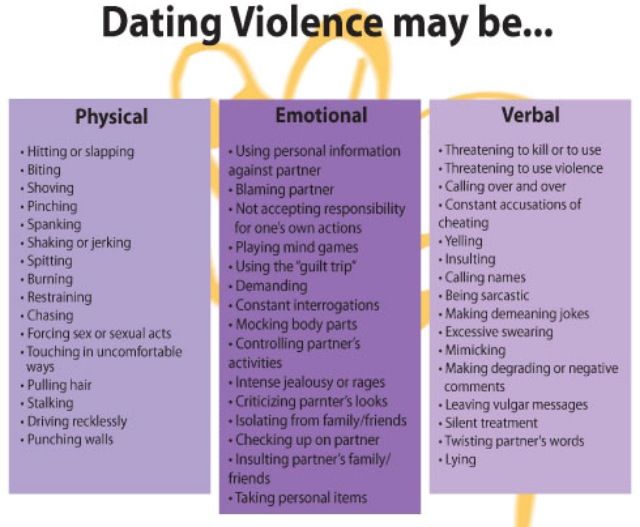 nine0003
nine0003
Sexual abuse - violent acts in which a person is forced, against his will, by force, threat or deceit, into any form of sexual relations.
Psychological - harm to the psychological health of a person, manifested in insults, intimidation, threats, blackmail, control.
Economic violence – financial pressure, which can manifest itself in a ban on work or education, deprivation of financial support, complete control over expenses. nine0003
SIGNS OF VIOLENCE
Physical violence - marks of blows, scars, cuts on the hands, face, legs and other parts of the body, fractures or bruises, burn marks.
Sexual violence - sexual touching a person without his consent, forcing a person to undress, forcing him to have sexual contact with him.
Psychological abuse – constant shouting and threats towards a person, swearing and using obscene words, humiliation, insulting a person, intimidation, establishing control, etc.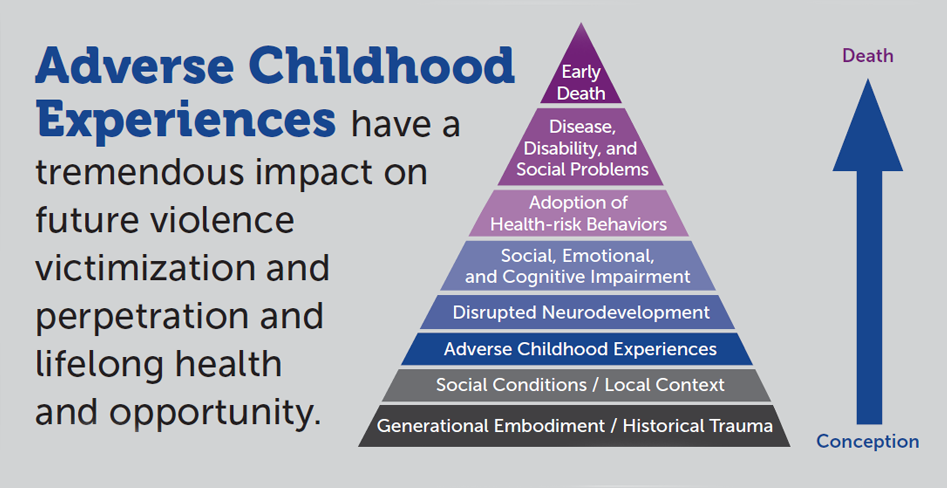 nine0003
nine0003
Financial exploitation - denial of livelihood, strict financial control, unexpected financial problems or loss of money, concealment of income, use of a bank card when an elderly person cannot walk, economic dependence on his abuser.
All types of violence are closely interrelated. If the aggressor in the family practices physical violence, of course, this causes mental trauma, and not just physical pain. Economic violence is often based on manipulation and control. There are usually physical injuries and consequences behind sexual assault. As a rule, it is difficult to imagine a situation where the aggressor uses only one type of violence, often the victims suffer from the simultaneous manifestation of its various types. nine0053 CYCLE OF VIOLENCE
Increasing tension in relationships
Dissatisfaction in relationships increases and communication between family members is disrupted.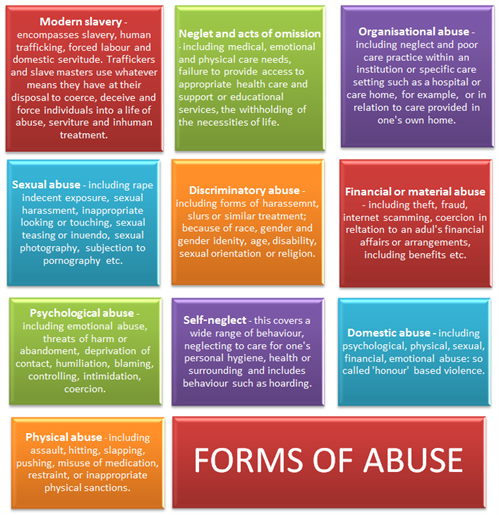 On the part of the aggressor, planning and “preparation” take place. He/she can visualize the next attack. He/she enjoys the power of fulfilling his/her fantasy. In most cases, the perpetrator is not aware of this internal "preparation" for various reasons. One of them may be the learned "script" of relations in the parental family. nine0003
On the part of the aggressor, planning and “preparation” take place. He/she can visualize the next attack. He/she enjoys the power of fulfilling his/her fantasy. In most cases, the perpetrator is not aware of this internal "preparation" for various reasons. One of them may be the learned "script" of relations in the parental family. nine0003
Violent incident
An outbreak of verbal, emotional or physical abuse occurs. Accompanied by rage, arguments, accusations, threats, intimidation.
Reconciliation
The offender apologizes, explains the reason for the abuse, shifts blame to the victim, sometimes denies what happened or convinces the victim to exaggerate the events.
It is difficult for the victim, and sometimes it is unbearable for the rapist to be in a state of tension associated with the fact of violence. Therefore, in order to get rid of the "heavy burden" of responsibility, he / she takes some action. The abuser makes excuses and blames the victim for the reason for their behavior.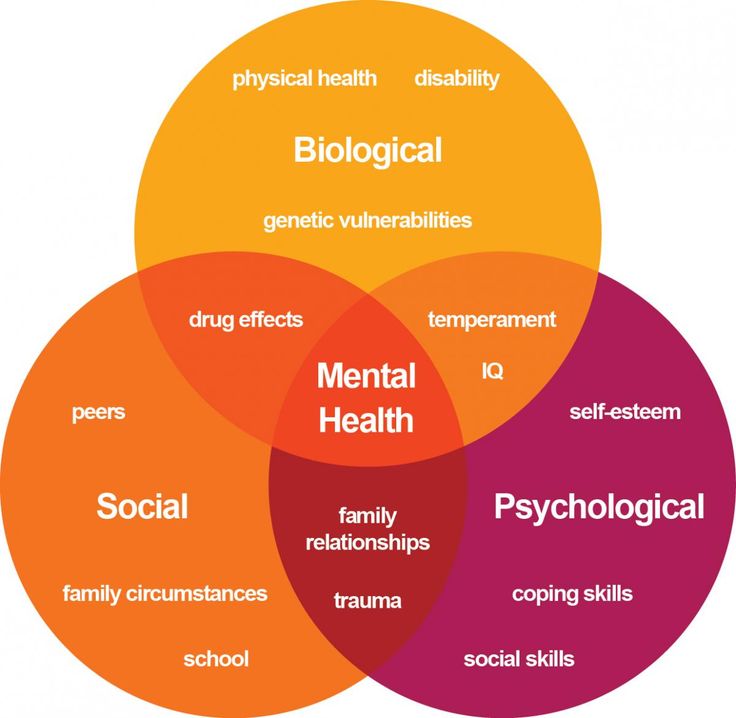 As a rule, the victim is blamed for her behavior. nine0071 For example, "If you had cleaned the house, I would not have had to hit you" or "If you had cooked dinner on time, I would not have had to hit you." A person who practices violence does not repent of hurting his victim. He may apologize, but only to avoid possible punishment. The purpose of this stage is to ensure their impunity.
As a rule, the victim is blamed for her behavior. nine0071 For example, "If you had cleaned the house, I would not have had to hit you" or "If you had cooked dinner on time, I would not have had to hit you." A person who practices violence does not repent of hurting his victim. He may apologize, but only to avoid possible punishment. The purpose of this stage is to ensure their impunity.
Honeymoon
This is a difficult stage. After abuse, the abuser can turn into the caring, loyal, and kind person that she, the victim, loved him. He/she can take him/her to a restaurant, buy flowers, assure her/him that he/she will change. The goal is to keep the victim in the family and maintain a semblance of well-being. The violent incident is forgotten, the offender is forgiven. Many women/men return to their abusive partners for this period when “everything is so good!”, “as if at the beginning of our acquaintance!”, “how he/she loves me!” . After the honeymoon, the relationship returns to stage one and the cycle repeats. As time progresses, each phase becomes shorter, violent outbursts become more frequent and cause more damage.
As time progresses, each phase becomes shorter, violent outbursts become more frequent and cause more damage.
Psychological violence and ways of coping
Zyuzkina Anastasia Andreevna, psychologist of the health care institution "City Clinical Psychiatric Dispensary"
Domestic violence against women and children is often not perceived as an act of violence.
The topic of psychological violence is broad in nature, this issue is relevant not only in the field of the family system, but also in the sphere of work.
For example, in the scientific literature, psychological violence is called mobbing - the employer's disrespectful attitude towards employees in the context of labor relations. Situations where periodically (at least once a week) the employee is humiliated and harassed by the team or the manager, the purpose of which is to dismiss the employee during the period of employment. Mobbing is manifested in the oppression of a long period of time and includes negative statements, unfounded criticism, social isolation of an employee, dissemination of deliberately false information about a person, and more.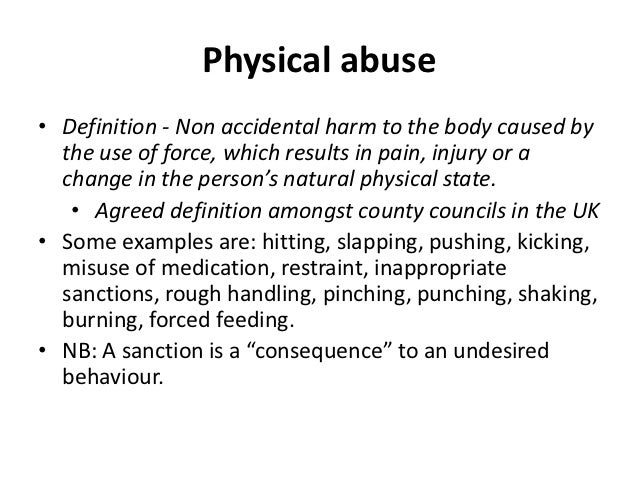 nine0003
nine0003
Psychological consequences for the object of mobbing are so serious that social significance is perceived as traumatic and compared with murder, rape and robbery. Some people even think about suicide.
Most often, psychological abuse occurs in the family. The main victims of domestic violence are women and children. The consequences of psychological violence include sleep and appetite disorders, alcoholism, reckless committing of traumatic actions, a change in the nature of the individual. nine0003
Psychological violence is a form of influencing the emotions or psyche of a partner through threats, intimidation, insults, criticism, condemnation, etc. That is, a constant verbal negative impact on another person. More often this type of violence is subjected to wives from their husbands, much less often vice versa.
Psychological abuse can escalate into physical abuse.
Domestic violence also spreads in cohabitation as cohabitation. Most often it is a form of psychological abuse.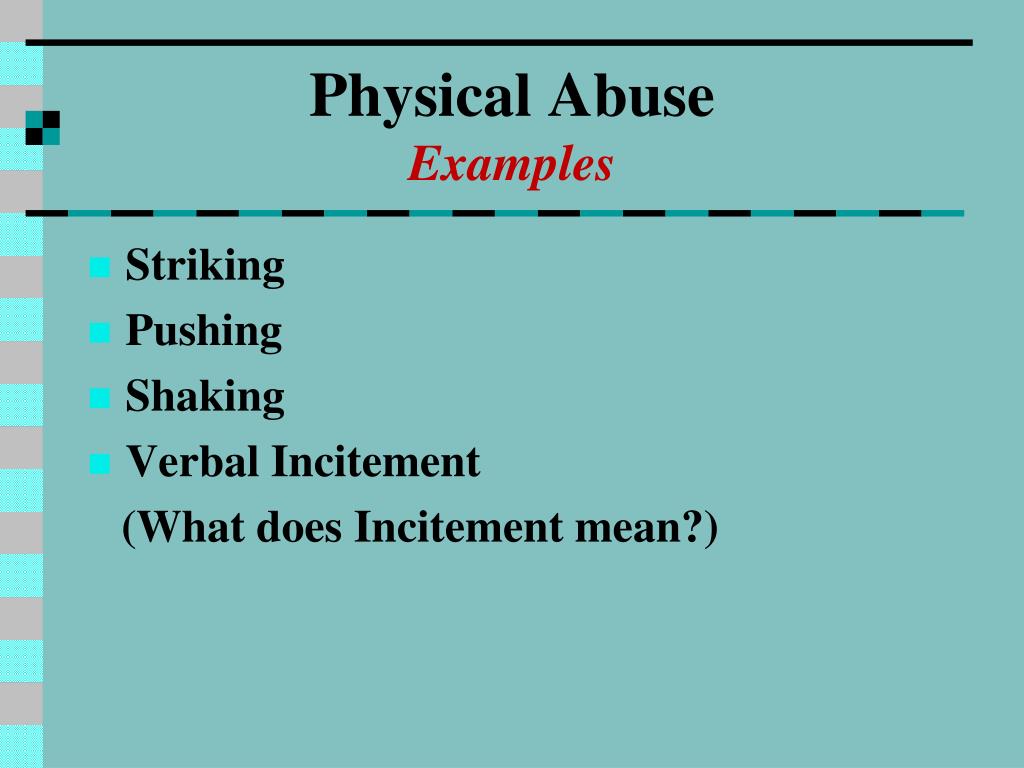 Psychological abuse is on a par with physical abuse, since the personality is violated by suppressing self-esteem. Under such conditions, the person who is targeted by the negative impact does not assess the situation as dangerous and sometimes it is necessary to convince them that they have become precisely the victims. Beliefs are formed as if she herself is to blame, misunderstood, did not tolerate, did not prove, provoked. As a result, personal characteristics are formed: self-restraint, alienation, negativism, refusal to express one's own position. nine0003
Psychological abuse is on a par with physical abuse, since the personality is violated by suppressing self-esteem. Under such conditions, the person who is targeted by the negative impact does not assess the situation as dangerous and sometimes it is necessary to convince them that they have become precisely the victims. Beliefs are formed as if she herself is to blame, misunderstood, did not tolerate, did not prove, provoked. As a result, personal characteristics are formed: self-restraint, alienation, negativism, refusal to express one's own position. nine0003
Insults, violence, mistreatment in psychology is called abuse. The person who forces to do something, offends, forces to perform actions that are unpleasant to another person, respectively, is an abuser.
The reasons why one partner affects the psyche of another are varied, the most common: the need for self-realization and self-affirmation at the expense of the other, difficulties in the inability to express one's desires and thoughts, past experience, financial dependence on one's partner, the perception of violence as a norm in family behavior, propaganda of violence in the media / movies / video games, psychological deviations in the form of a psychological trauma.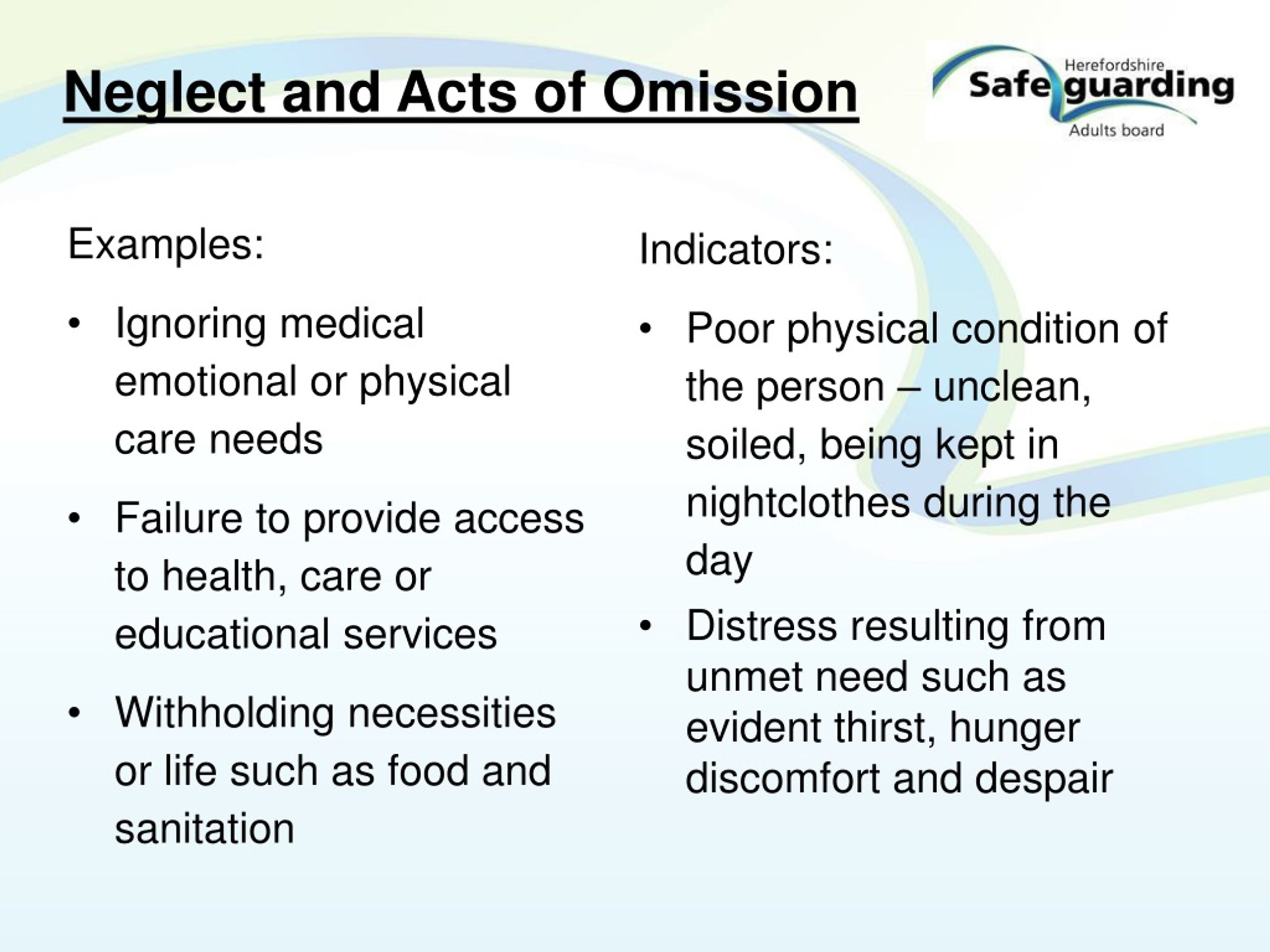 nine0003
nine0003
With constant criticism, the self-esteem of the victim decreases to a certain level and self-confidence is shaky, in this state it is easier for the tyrant to impose his opinion and desired behavior. The victim in such a state of mind doubts the correctness of his actions, a feeling of insignificance and guilt is instilled. By psychologically influencing such a person, another model of life is laid, the position of a tyrant is adopted and control is exercised on his part.
There are many signs of psychological violence and a combination of signs is used to determine it, and not each factor individually:
- criticism - a rough assessment of shortcomings, comments about appearance, intelligence, taste preferences, such criticism may be followed by insults.
- Humiliation - insults, rough treatment.
- Accusation - conviction of guilt, for example, in family failures and shifting responsibility for everything that happens.
- Despotism - commanding tone in communication, orders and instructions instead of requests.
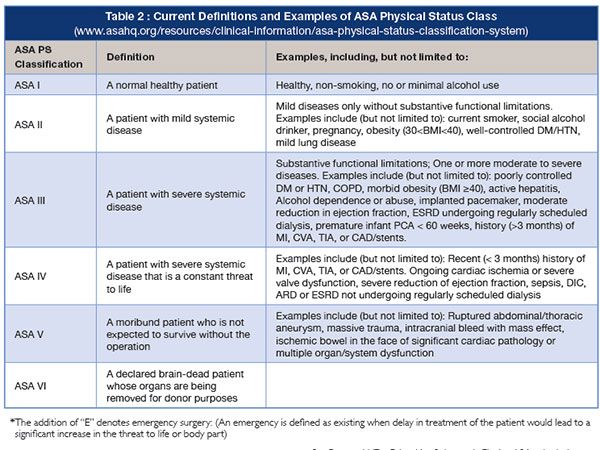
- Intimidation - Threats of physical violence to the victim and their loved ones, limiting prohibitions on contact with children and threats from the tyrant to commit suicide. nine0119
- Prohibition to communicate with relatives, friends, colleagues, deprivation of means of communication.
- Prohibited from visiting places outside the home and obtaining permission from a partner to leave the house.
- Permanent presence, partner rarely leaves alone.
- Monitoring behavior and communication outside the home, checking private messages, checking call lists, checking email, installing software, hidden or open surveillance (video surveillance). nine0119
Emotional abuse also includes jealousy, which manifests itself in constant accusations of adultery.
A psychological abuser has such qualities as: disrespectful attitude towards a partner and his life principles; the imposition of help that was not asked for, generosity that puts you in an awkward position; total control; jealousy; threatening behavior; the presence of double standards “I can, but you can’t”; life credo "a man (woman) is never guilty of anything.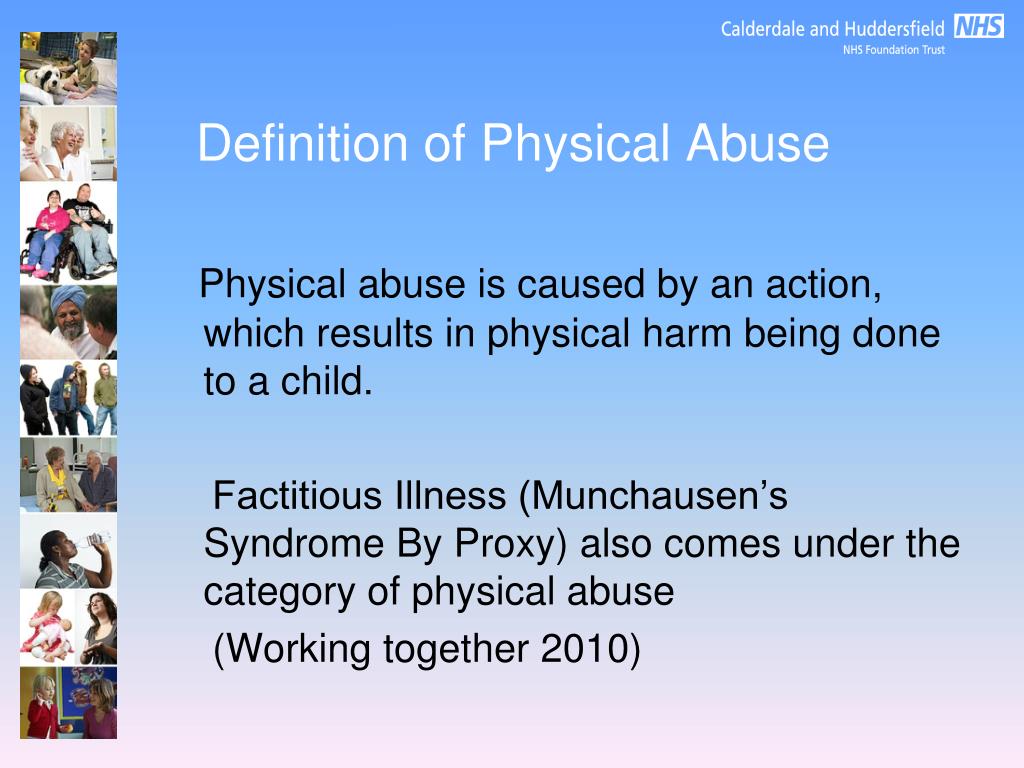 " nine0003
" nine0003
There are several types of psychological violence. Gaslighting is one of the most severe forms of psychological abuse. The gaslighter denies their partner or child adequateness using the phrases “it seemed to you”, “it didn’t happen”, “you just don’t understand it”. The victim is instilled that the perception of the environment is erroneous, therefore, the victim is convinced that she is going crazy. Neglekt - ignoring any needs, arguing that a person does not need it, deliberate negligence. Sometimes the abuser pushes his partner to plastic surgery, refuses to deal with everyday life and children. In this situation, it is best to isolate yourself from the abuser. nine0005 Wisholding - refusal to discuss an exciting topic. Emotional blackmail - ignoring any action of the victim, emotional coldness, silence, blackmail with personal information. The purpose of such behavior is the subordination of another person, deprivation of one's own will, and only by limiting communication can one protect himself from this.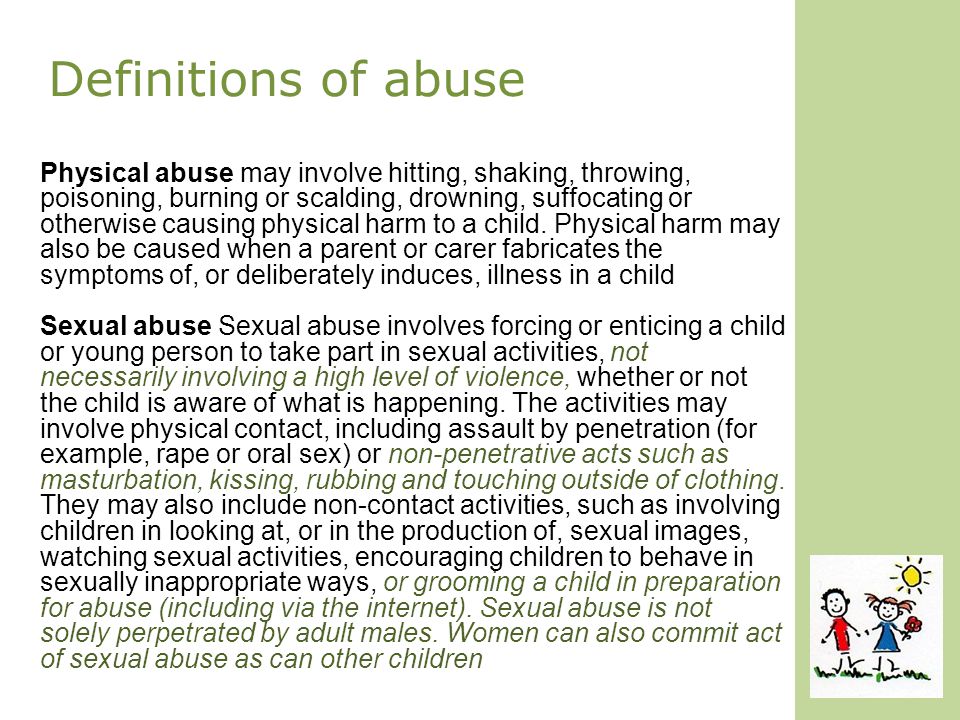 Ignoring - emotional withdrawal. Isolation - prohibition of contact with everyone except the abuser himself, so the request for help is difficult to carry out. nine0005 Control - tight control over any actions of the partner. Criticism - pointing out shortcomings and miscalculations, that in front of other people it looks like ridicule. The purpose of such behavior is to form an inferiority complex, after such an impact it is difficult to recover from such a relationship, faith in oneself, partnership is lost.
Ignoring - emotional withdrawal. Isolation - prohibition of contact with everyone except the abuser himself, so the request for help is difficult to carry out. nine0005 Control - tight control over any actions of the partner. Criticism - pointing out shortcomings and miscalculations, that in front of other people it looks like ridicule. The purpose of such behavior is to form an inferiority complex, after such an impact it is difficult to recover from such a relationship, faith in oneself, partnership is lost.
It is best for the victim to get out of the situation of violence (even run away, disappear from view). Victims of psychological abuse cannot avoid mental problems. Such people are in a state of psychological trauma and experience anxiety, fear, may become depressed, and suicidal attempts are not excluded. There is also emotional dependence, neglect of one's needs, various addictions may arise, for example, alcohol or drugs.
